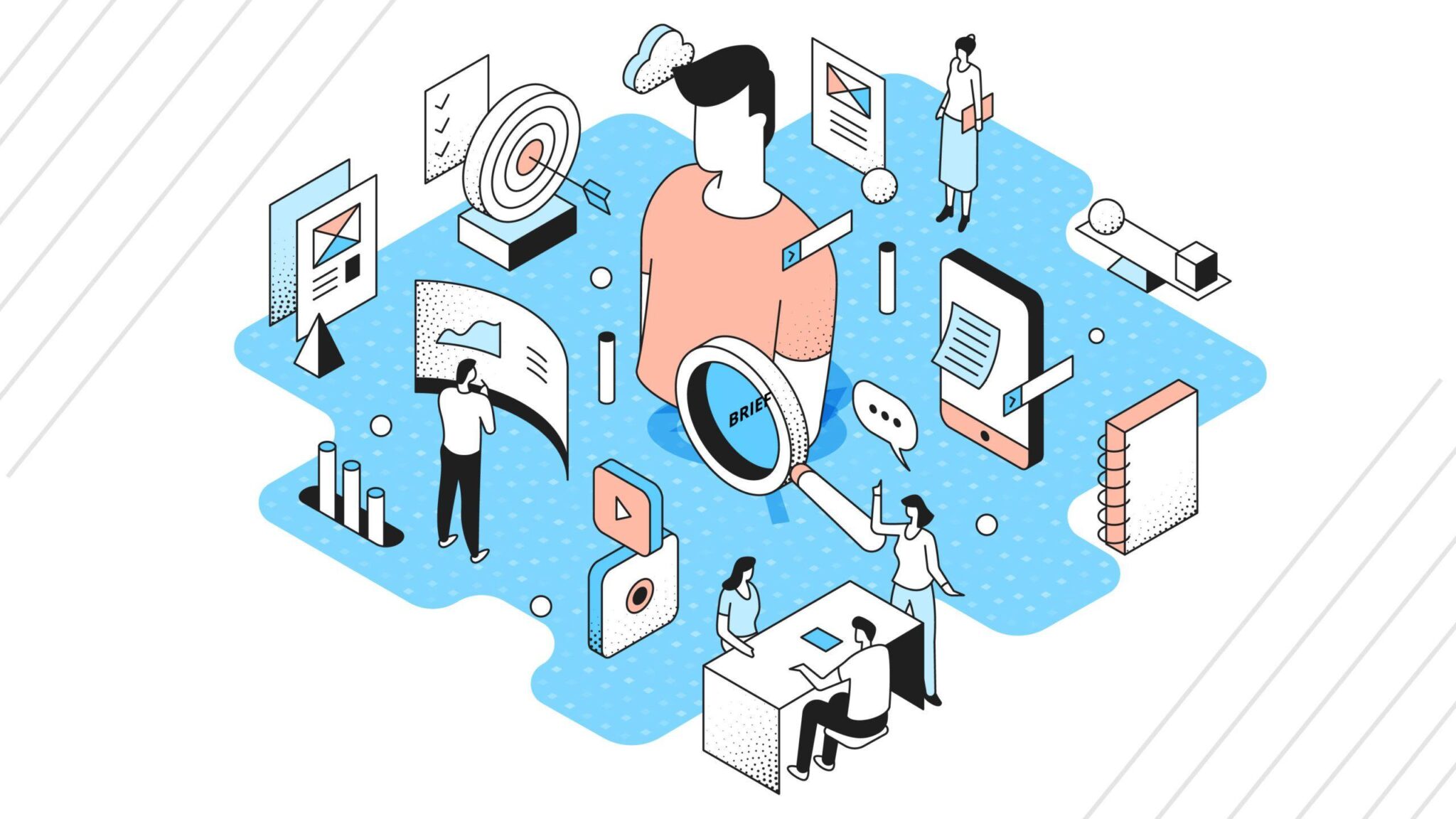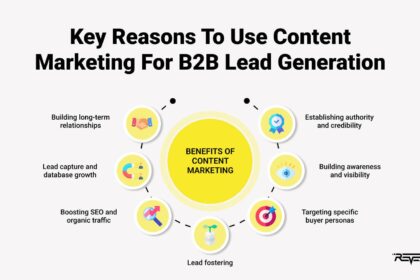In an era where consumers are inundated with a barrage of advertisements, the quest for attention has never been more formidable. Enter the realm of personalization—a powerful strategy that transcends traditional marketing approaches, weaving together the distinct preferences and behaviors of individuals to create a resonant connection. “Tailoring Strategies: The Art of Personalization in Marketing” invites you to explore how brands are increasingly transforming raw data into meaningful dialogues, crafting bespoke experiences that not only captivate but also cultivate loyalty. As we delve into the nuances of tailored marketing tactics, we will uncover the delicate balance between automation and human touch, showcasing how thoughtful customization can elevate consumer engagement and drive success in an ever-evolving marketplace. Join us on this journey to navigate the intricacies of marketing personalization and discover how the art of tailoring strategies is shaping the future of brand-consumer interactions.
Understanding Your Audience: The Foundation of Effective Personalization
To effectively tailor your marketing strategies, it’s crucial to develop a deep understanding of your audience. This involves more than just demographics; it requires insights into their behavior, preferences, and pain points. Collecting data through various channels not only helps in mapping out who your customers are but also why they engage with your brand. Consider focusing on:
- Behavioral Patterns: How customers interact with your website and content.
- Feedback and Reviews: Listening to customer voices to refine your approach.
- Segmentation: Identifying groups within your audience to tailor messages accordingly.
Once you have this foundational knowledge, you can begin to craft personalized experiences that resonate with each segment. Implementing strategies like dynamic content, personalized recommendations, and targeted campaigns can create meaningful connections. It’s essential to continuously analyze the effectiveness of your personalization efforts and adapt to changing audience needs. An example of how you might structure your insights could be as follows:
| Audience Segment | Key Interests | Preferred Communication |
|---|---|---|
| Young Professionals | Technology, Networking | Email, Social Media |
| Parents | Family Activities, Education | Mobile App, Text Messages |
| Retirees | Health, Travel | Phone Calls, Print Media |
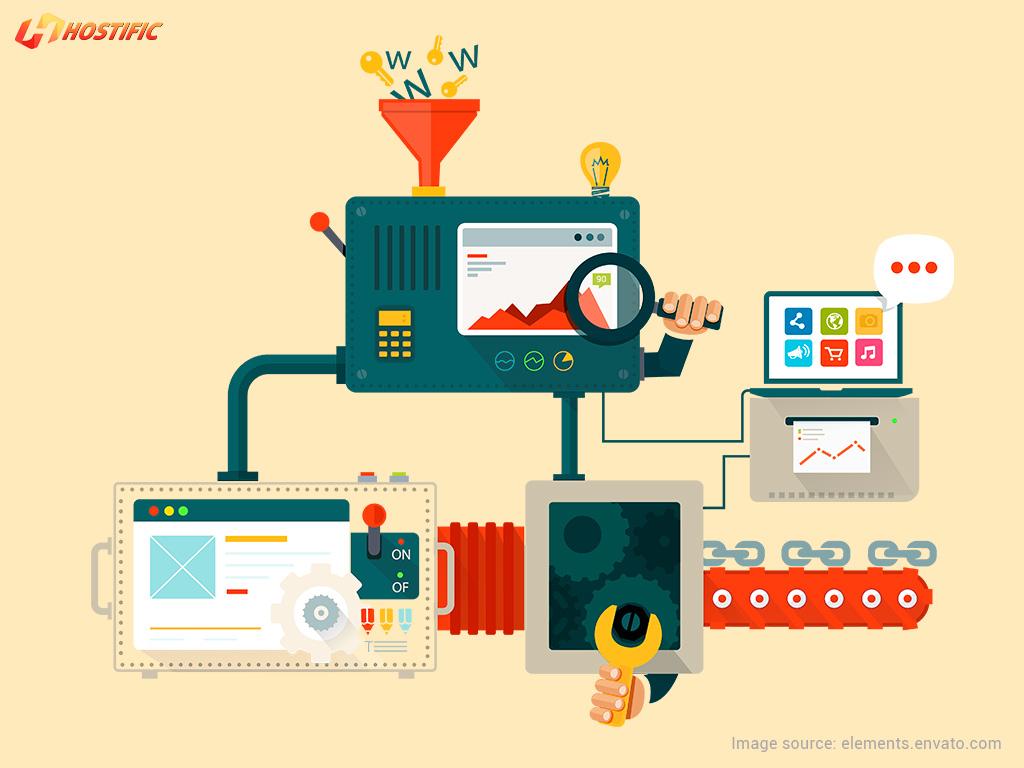
Crafting Tailored Content: Techniques for Engaging Different Segments
To create content that resonates with diverse audiences, it’s essential to delve into their unique motivations, preferences, and behaviors. One effective technique is to segment your audience based on demographics, psychographics, or purchasing patterns. This allows for a focused approach when crafting messages. For example:
- Demographic Segmentation: Tailor content based on age, gender, or location.
- Psychographic Segmentation: Understand lifestyle choices and values to enhance relevance.
- Behavioral Segmentation: Analyze purchasing habits to target offers effectively.
Additionally, employing persona-based strategies can amplify engagement. By developing detailed customer personas, marketers can customize campaigns that address specific pain points and desires. Utilizing targeted narratives in your content can transform a generic message into a powerful connection. Consider implementing personalized elements, such as:
| Personalization Element | Example Usage |
|---|---|
| Dynamic Content | Personalized emails or landing pages based on user behavior. |
| Location-Based Offers | Promotions that cater to local events or seasons. |
| Tailored Recommendations | Product suggestions based on past purchases. |
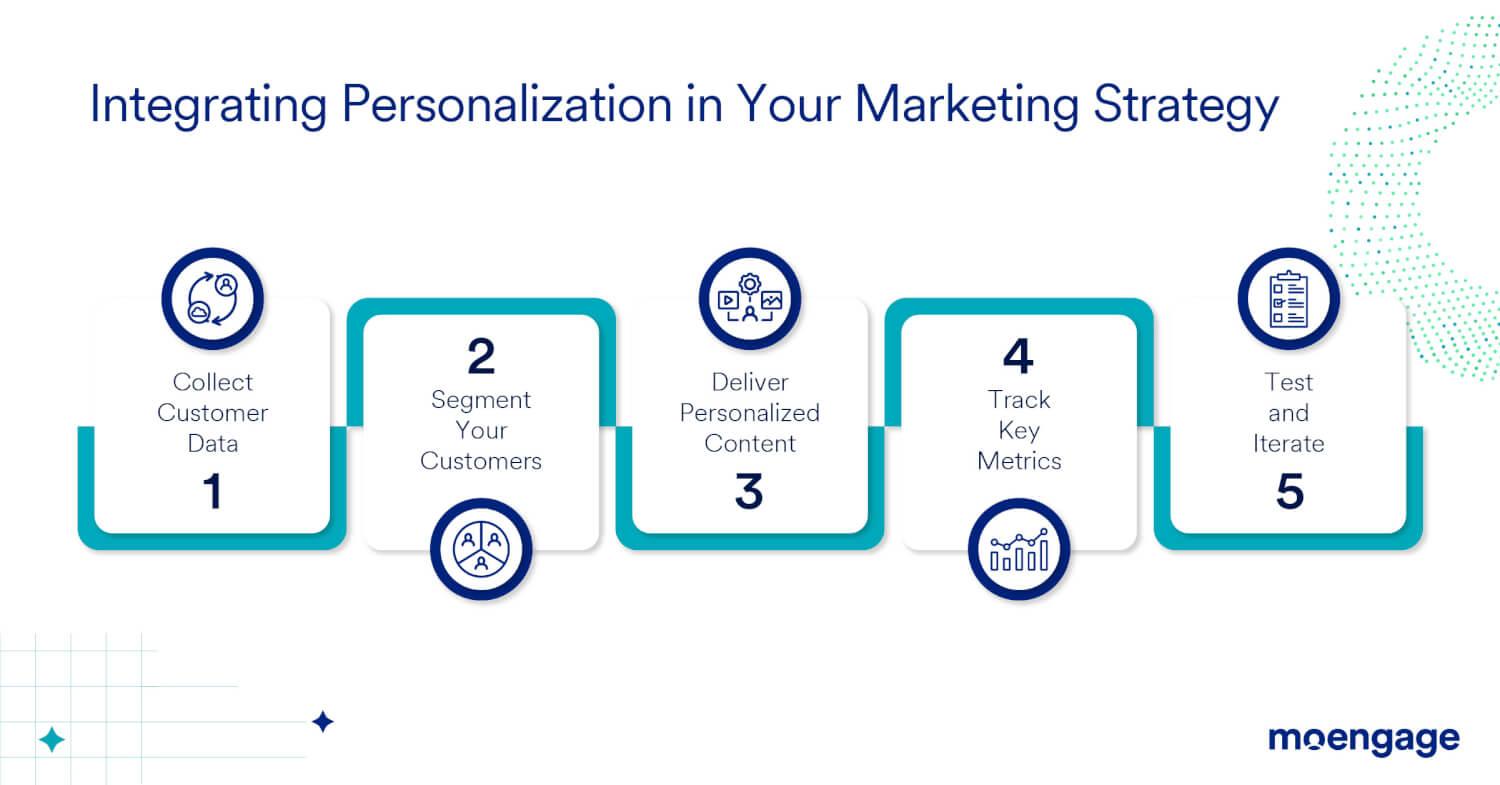
Leveraging Technology: Tools and Platforms for Customized Marketing Strategies
In today’s rapidly evolving digital landscape, utilizing cutting-edge tools and platforms is essential for creating customized marketing strategies that resonate with individual consumers. By harnessing technologies such as Customer Relationship Management (CRM) systems, data analytics, and marketing automation tools, businesses can gain invaluable insights into their target demographics, allowing for tailored messaging and campaigns. These platforms enable marketers to segment audiences based on behavior, preferences, and purchase history, ensuring that each interaction feels personal and relevant. Some of the key technologies reshaping personalized marketing include:
- AI-Powered Analytics: Leveraging artificial intelligence to extract actionable insights from vast amounts of data.
- Email Automation Tools: Tailoring email campaigns that adapt to user engagement.
- Chatbots: Offering real-time, personalized customer support and recommendations.
- Social Media Insights: Utilizing social platforms to refine targeting strategies based on user interactions and feedback.
Moreover, integrating these tools can create a cohesive ecosystem that magnifies marketing efforts. For example, combining a robust CRM with an email automation tool can allow marketers to design personalized email journeys that evolve as users interact with the brand. To illustrate the power of these integrations, consider the following comparative benefits:
| Tool/Platform | Benefits |
|---|---|
| CRM Software | Centralizes customer data for informed decision-making. |
| Marketing Automation | Efficiently manages multi-channel campaigns. |
| Analytics Tools | Provides measurable metrics for campaign performance. |
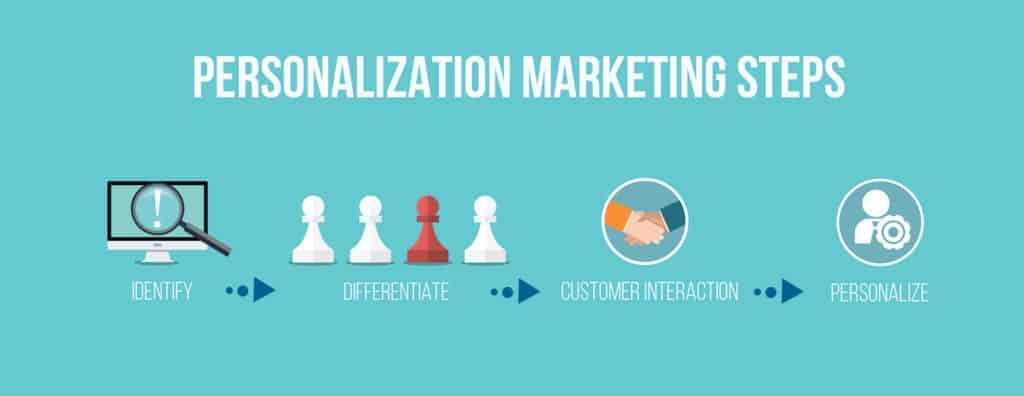
Measuring Success: Evaluating the Impact of Personalization on Customer Relationships
To effectively evaluate the impact of personalization on customer relationships, businesses can employ a variety of metrics that delve into customer behavior and engagement. Customer Lifetime Value (CLV) serves as a primary indicator, reflecting the total worth of a customer over their entire relationship with the brand. Furthermore, tracking engagement rates, such as click-through rates on personalized emails or conversion rates from customized landing pages, provides insights into how well personalized strategies resonate with customers. Here are some useful metrics to consider:
- Retention Rate: Measures the percentage of customers who continue to engage with your brand over time.
- Net Promoter Score (NPS): Gauges customer satisfaction and loyalty through direct feedback.
- Average Order Value (AOV): Indicates how personalized recommendations influence purchasing behavior.
In addition to qualitative feedback, the use of A/B testing allows marketers to compare the effectiveness of various personalization approaches. By analyzing customer responses to different targeted messages, brands can hone in on what drives better engagement. Establishing a structured feedback loop with customers not only aids in refining marketing strategies but also strengthens the relationship between the brand and its audience. The following table illustrates the correlation between personalization efforts and customer engagement metrics:
| Personalization Strategy | Engagement Metric | Impact Level |
|---|---|---|
| Email Personalization | Click-Through Rate | High |
| Customized Product Recommendations | Conversion Rate | Medium |
| Targeted Discounts | Retention Rate | High |
Concluding Remarks
As we navigate the intricate landscape of modern marketing, the art of personalization emerges not just as a technique, but as a bridge connecting brands and consumers on a deeper level. Tailoring strategies allow marketers to transcend the one-size-fits-all approach, crafting unique experiences that resonate with each individual. In a world saturated with choices, personalization is the compass guiding us toward meaningful engagement and loyalty.
As we move forward, the challenge lies not only in adopting these strategies but in mastering the balance between data-driven insights and genuine human connection. The journey of tailoring begins with understanding your audience, nurturing relationships, and transforming data into dialogue. By embracing these principles, brands can not only enhance their outreach but can also foster a sense of belonging in a fragmented marketplace.
the art of personalization is an evolving tapestry, woven from threads of creativity, empathy, and technological innovation. As you embark on your own journey of tailoring strategies, may you find inspiration to create experiences that not only capture attention but also leave lasting impressions on the hearts and minds of those you serve. After all, in the world of marketing, it’s the personal touch that makes all the difference.


